cancer
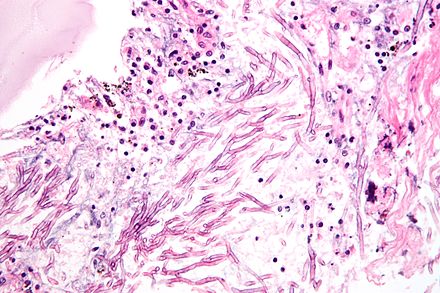
Aspergillus Version 1.5
Some Aspergillus species cause serious disease in humans and animals. The most common pathogenic species are A. fumigatus and A.
0 Reviews
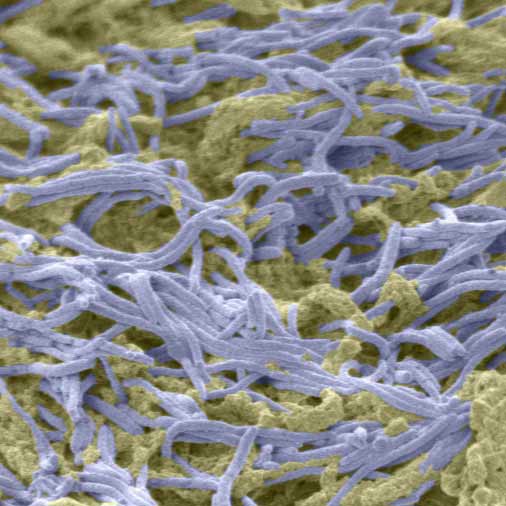
Biofilms – Version 8.0
Biofilms - Version 8.0 is based on decades of research and has over 1200 biofilm frequency sets.
0 Reviews
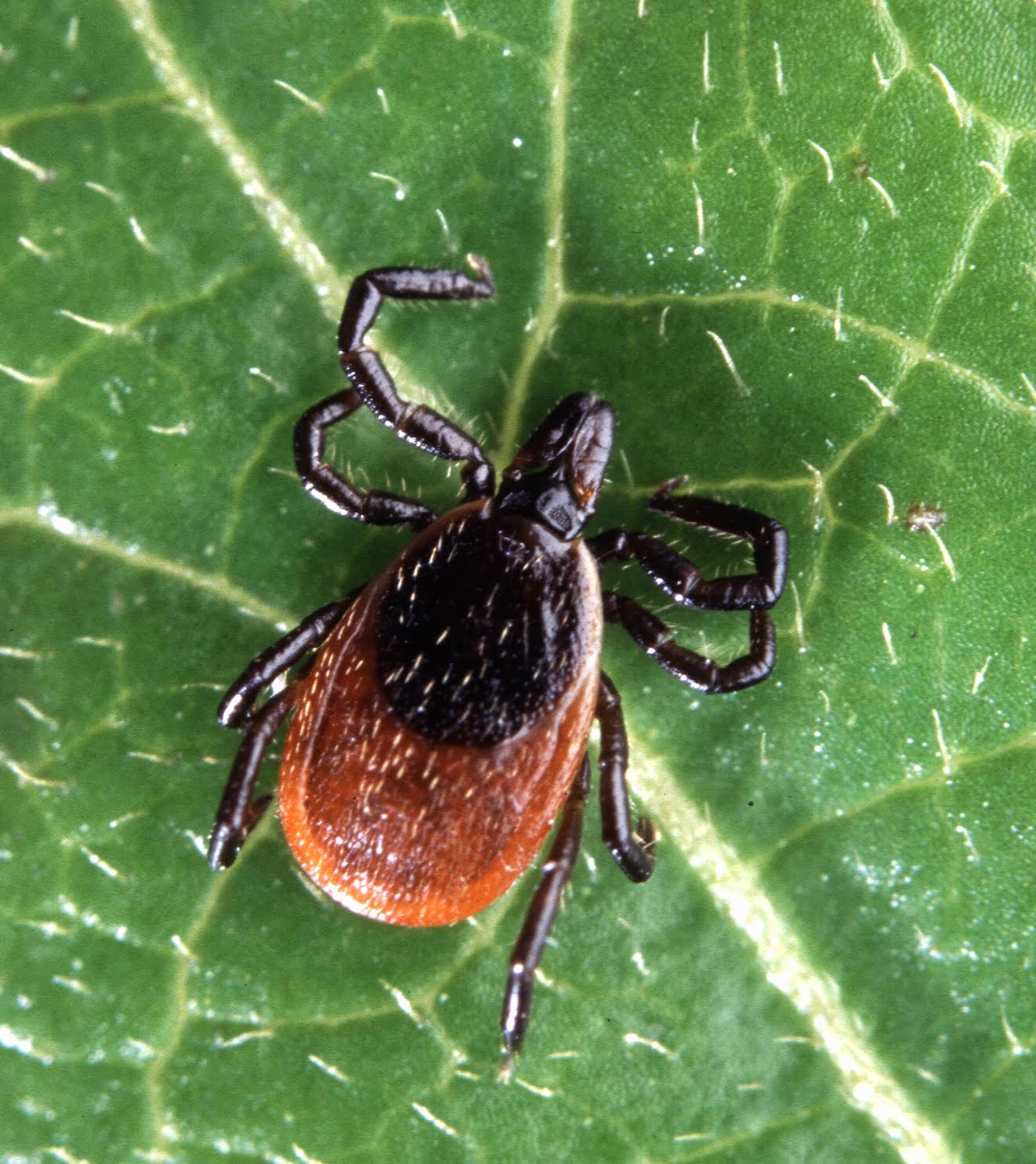
Borrelia Miyamotoi Version 1.1
Researchers have identified a tick-borne illness that is very similar to Lyme, caused by Borrelia miyamotoi (B. miyamotoi). The CDC22 describes B.
0 Reviews
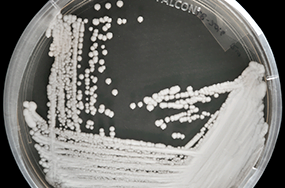
Candida Auris Version 1.0 (superbug)
Candida auris is so tenacious, in part, because it is impervious to major antifungal medications, making it a new example of one of the world’s most intractable health threats: the rise of drug-resistant infections.
0 Reviews
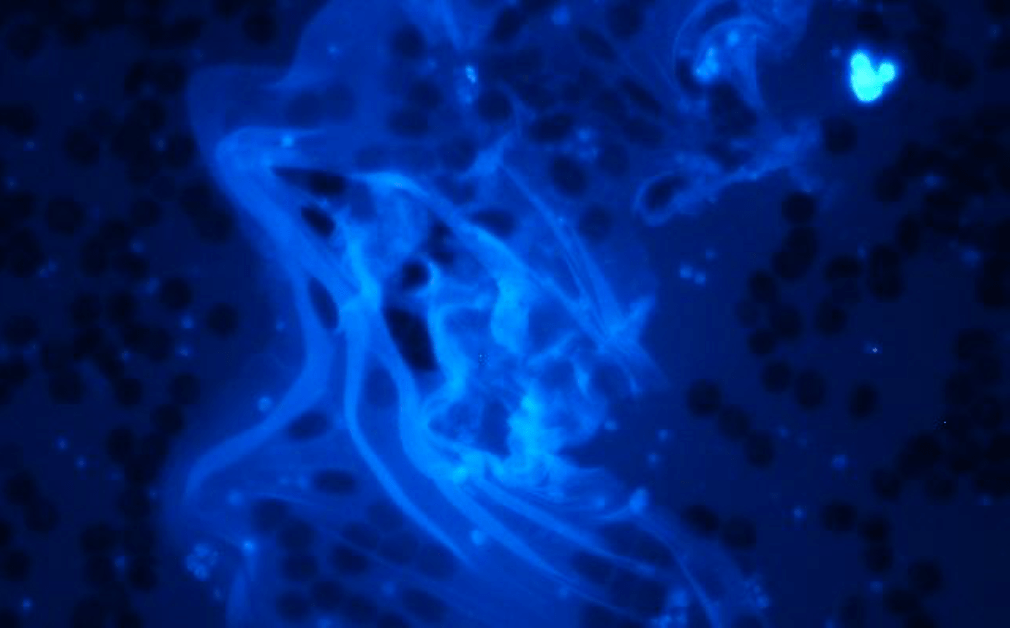
FL1953 – Protomyxzoa rheumatica – Funneliformis mosseae Version 1.5
Image from Fry, S. Medical Research Archives, vol. 5, issue 12, December 2017
A fungus is the most debilitating coinfection in Lyme disease.
0 Reviews
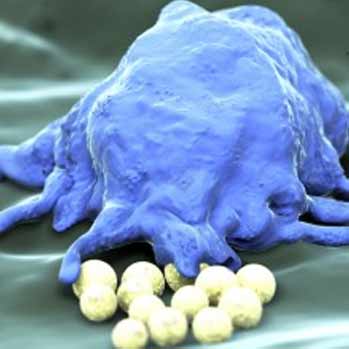
GcMAF/Nagalase – Version 4.1
Always run Naglase for viruses and cancer. Physicians recommend 10,000 units of Vitamin D a day to promote effects of GcMAF.
0 Reviews
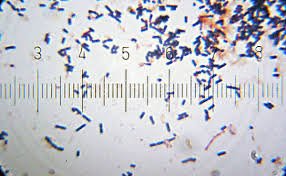
Lactobacillus Acidophilus Version 1.0
Lactobacillus Acidophilus is generally considered a healthful bacteria. However the Hunter 4025 will flag overgrowth which causes intestinal problems.
0 Reviews
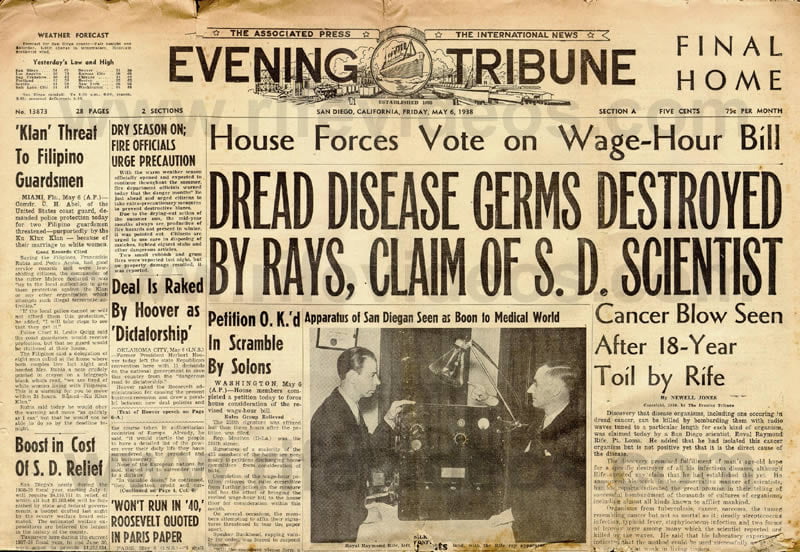
Original Rife Frequencies – Version 3.5
Research on cancer tumors using RNA sequencing of organisms identified Bacillus Licheniformis as the pleomorphic cancer organism that has been discussed by scientists since the 19th century.
0 Reviews
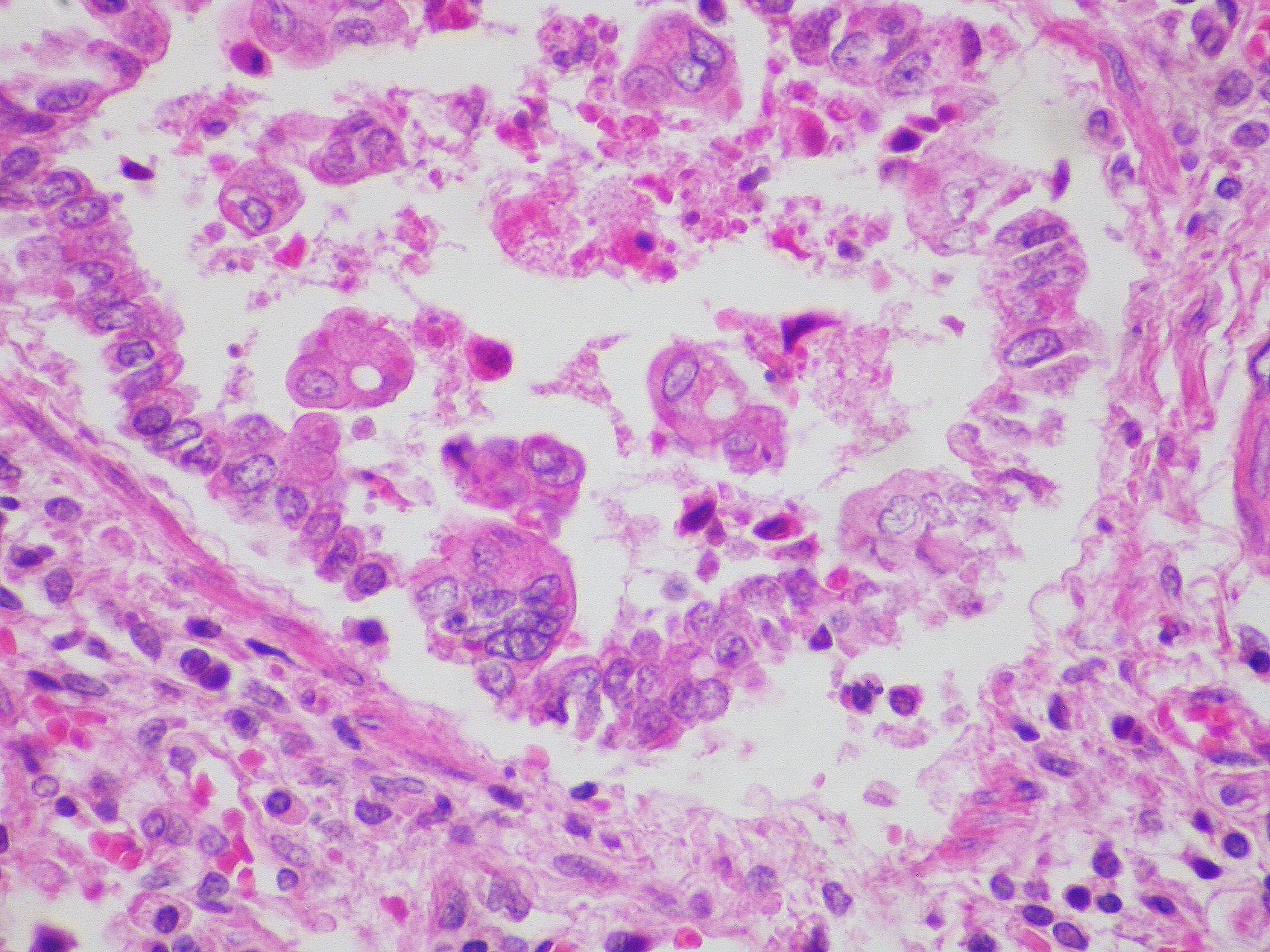
Respiratory Synctial Virus Version 1.0
Respiratory syncytial virus, or RSV, is a common respiratory virus that usually causes mild, cold-like symptoms.
0 Reviews